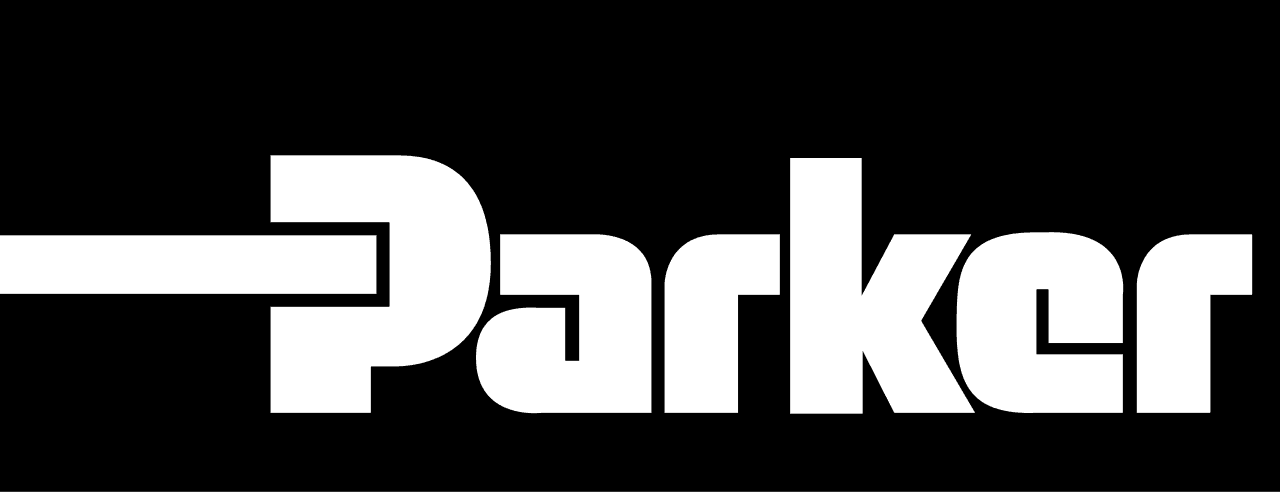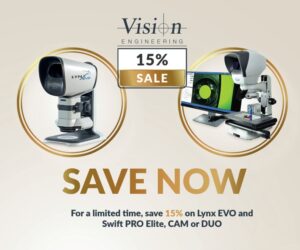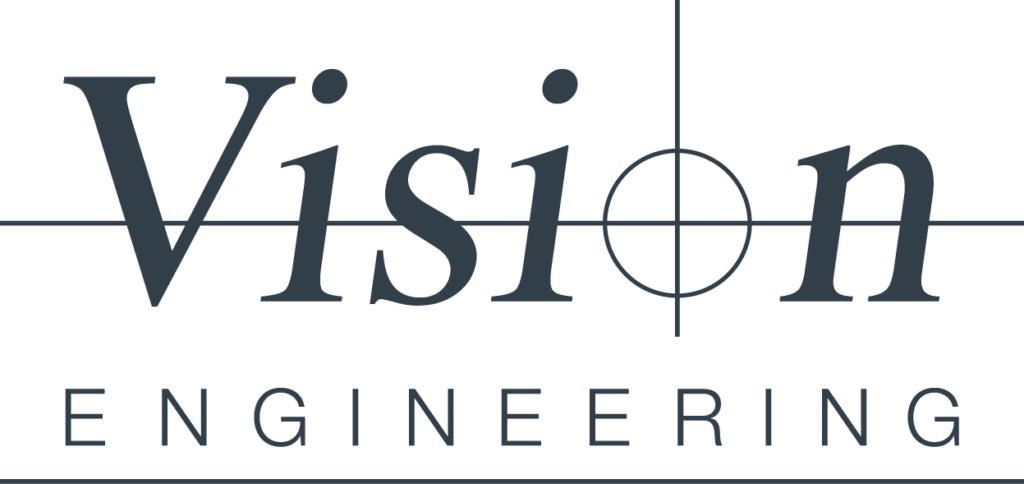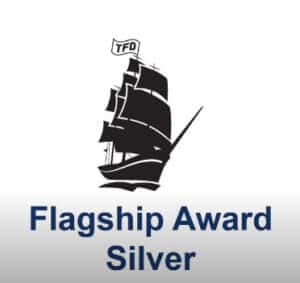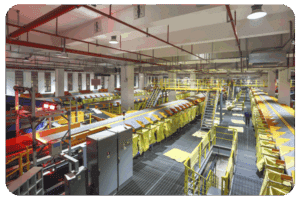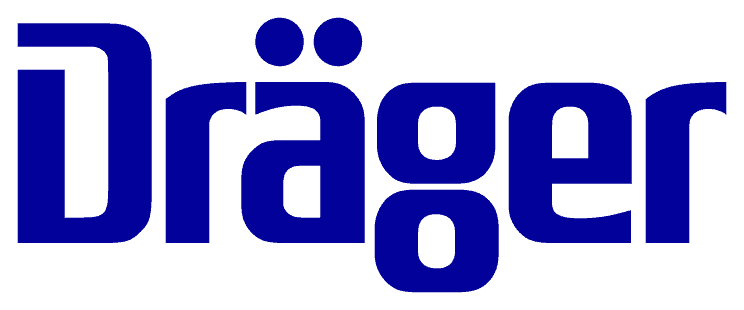
Quick Check Gas Detection
If you work in any industry dependent on refrigeration, you’re going to encounter various gases and vapors, namely ammonia. The best option to help you detect and measure them—as well as chemicals used in food processing, packaging and transportation—is the Dräger-CMS System. It’s the next generation in gas detection that draws on Dräger’s tried-and-true tube system but uses chips instead. And it’s much easier to use.
The chip in the CMS System contains all the measurements and calibration info on a bar code, eliminating extra steps for you. Between its chemical reaction technology and optical system in the CMS Analyzer, it can pick up a wide range of gases, and in precise amounts, thanks to a mass flow controller. Not only that, CMS has a photo-optical measurements system that removes human error in interpreting the results, and electronically checks for leaks.
Not only is the system foolproof, it’s efficient. You can choose from more than 55 chips, and all you’ll need to run the system are two AA alkaline batteries, which are good for up to 100 measurements.
Amonia Meters
Good things come in small packages, and the Dräger Pac 7000 Monitor is no exception. It’s tight and portable; just snap it onto your belt or lapel, or pop it in your breast pocket, and carry it around all day. And if you drop it, no worries: The polymer covering will protect it from all kinds of abuse. The Pac 7000 has a large LCD display that continuously shows measurements of gas concentrations (particularly NH3, CO2 and O2) and sounds an alarm when they exceed allowable limits. Two levels of alarms—a single and double repeating signal—warn you of hazardous conditions.
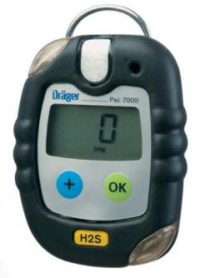
You can take precise measurements with a mass flow controller, and don’t worry about making mistakes, because the photo-optical technology removes human error. The CMS also checks for leaks electronically before you take a measurement—and you can take as many as 100 using two AA alkaline batteries.
Confined Space Entry
You never know what kind of space or which gases you’ll run into in a refrigerated environment, so of course, you’ll want a monitor that can adapt to any situation. That would be the Dräger X-am 5000, which can read up to four gases at once, including combustible gases, oxygen and ammonia—any of which might be present in a confined space. The X-am 5000’s ammonia sensor can measure up to 300 ppm and can help you determine the respiratory protective gear you’ll need. The combustible gas sensor can detect combustible levels of ammonia, which might occur when gas is released.
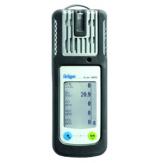
The X-am 5000 has a large LCD display that shows measurements continuously, and both audio and visual alarms to let you know when unsafe levels of gas are present. You can use either rechargeable or replaceable alkaline battery packs with the X-am 5000 and can use a variety of accessories, from pumps to probes, to suit your work needs.
SCBA
You’ll want to protect your mouth, throat and lungs from exposure to ammonia; and in concentrations of 300 ppm or higher, NIOSH requires you to do so. The Dräger ProAir Evolution SCBA will do the trick, because it’s lightweight and comfortable and allows you to move freely while you’re detecting refrigerant leaks.
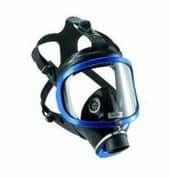
It works well with the Panorama Nova mask, constructed to conform to all face sizes and takes lightweight, aluminum compressed air cylinders that last from 30, 45 and 60 minutes (and compressed airline connection, and other accessories). And breathe easy knowing that the ProAir Evolution is NIOSH-certified and comes equipped with a high-performance pneumatic system—the same one used in Dräger’s fire fighting unit—and backed with a lifetime warranty.
Filtering Respirators
If you encounter between 50 and 300 ppm ammonia, NIOSH recommends that you wear a cartridge respirator to protect your throat and lungs from particulate matter. Your best bet for this environment is the Dräger X-plore 5500 full face mask that also protects your eyes.
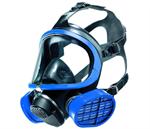
It’s the Cadillac in face masks, because of its triple-seal technology that keeps particles out and fits any face size. A five-point harness keeps the mask in place without forsaking comfort, while a large lens and low profile filters give you a wide field of vision. The X-plore 5500 is compatible with a variety of NIOSH-approved cartridges, including ones for filtering ammonia that come with and without a P-100 particulate filter. All of them attach to the mask with a user-friendly, two-point bayonet connector.



